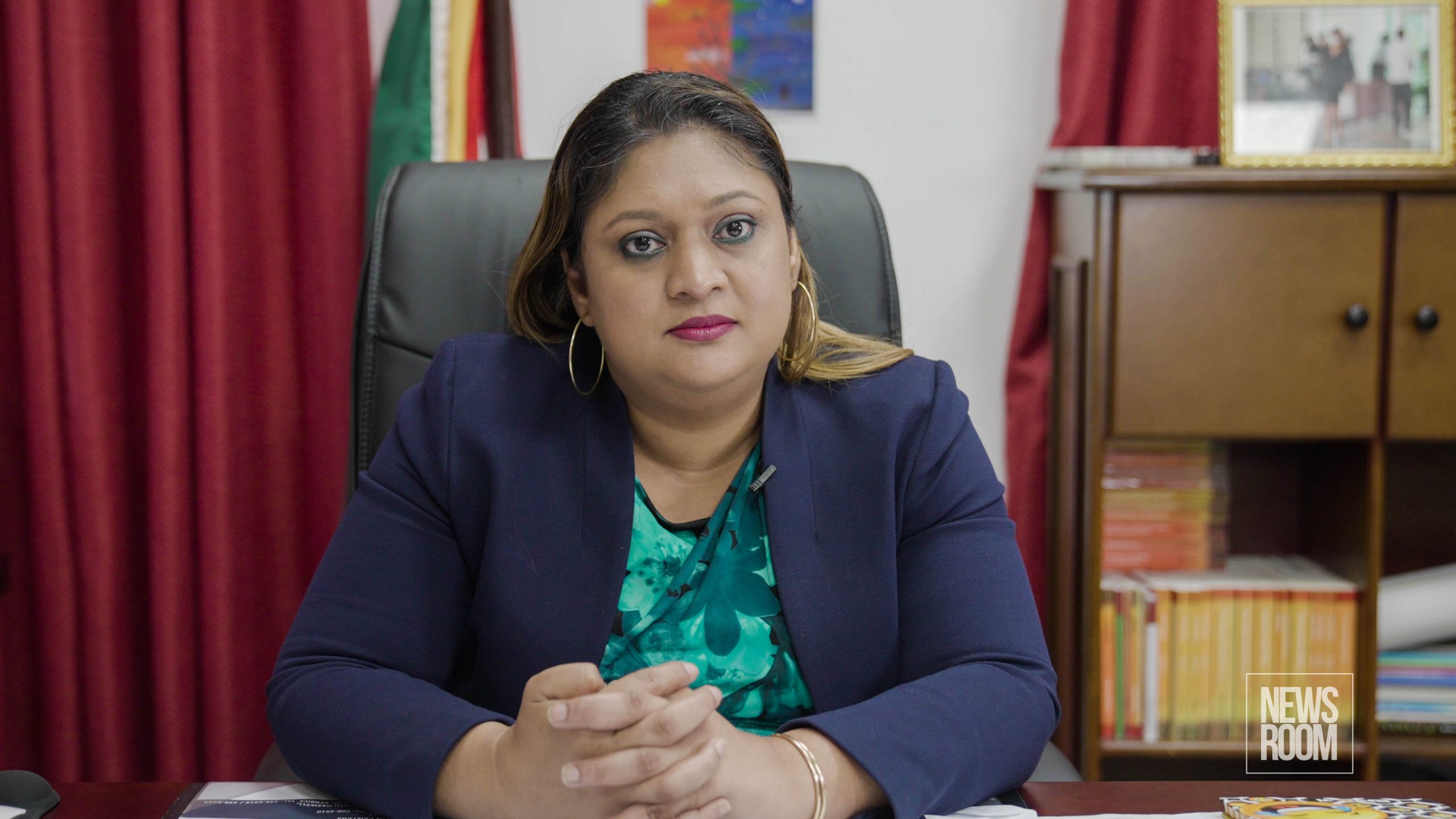
By Vishani Ragobeer
As part of plans to reduce existing unfairness in the local education sector, increased focus has been placed on ensuring that children in indigenous villages and migrant children can be taught in a language that they understand.
This is according to the Education Sector Plan for the years 2021 to 2025, crafted by the Ministry of Education. This plan is expected to guide the operations of the ministry over a five year period.
One of the strategic goals of this plan is to reduce inequities in education, and one strategy under this goal is to promote inclusive education. As such, it was noted that there will be the placement of Spanish-speaking teachers in schools with migrant children.
Additionally, the plan noted that material and teaching aids that are written in Spanish will be provided to support the work of teachers in schools with migrant children.
Efforts have already been made to provide some of these services, primarily in Regions One (Barima- Waini) and Seven (Cuyuni- Mazaruni). It was, however, noted that the support offered to migrant children would be expanded based on a needs analysis done in other regions.

According to statistics provided in this education sector plan, in May 2019, there were some 740 Venezuelan migrant children in Guyana attending nursery, primary and secondary schools in all regions. This includes 321 boys and 389 girls.
It is important to note that the plan acknowledged that some of these migrant children are the children of Guyanese who migrated to Venezuela. The plan, however, stated: “An emerging issue that the Ministry will have to deal with in this new plan period [2021 to 2025] is the presence of refugee children from Venezuela.”
Because of the increasing number of migrant children, it was noted that the education ministry has to find spaces in schools for the children and spend more on the school feeding programmes, especially in the hinterland communities where children receive a free meal at lunchtime.
INDIGENOUS LANGUAGES IN SCHOOLS
Meanwhile, the plan stated that the pilot of the bilingual programme in Region Nine (Upper Takutu- Upper Essequibo) will continue in 2021. Through this programme, indigenous children in the Maruranau, Sawariwau and Karaudarnau nursery schools are being taught in the Wapichan language.
This indigenous language programme was developed in 2018 through a Memorandum of Understanding with the Quality Bilingual Education Programme for Wapichan Children (QBEP) and the Education Ministry.
Importantly, however, the new education sector plan highlighted that bilingual programmes would be developed in other communities in 2022 and 2023.

A cost of $34.6 million was budgeted for both programmes that focus on providing language and communication support to children in indigenous communities and migrant children. This cost covers the period 2021 to 2023.
Speaking at the launch of the new education sector plan, on Wednesday, the Education Minister Priya Manickchand explained that this plan is meant to be responsive to various learning needs of children in various environments across Guyana.
“Our approaches must adapt to the unique challenges of our complex, multi-layered educational context,” she emphasised.
Explaining this, she said that what is done in Stella Maris in Georgetown cannot be the same as what is done in the indigenous community of Awarenau in Region Nine.





